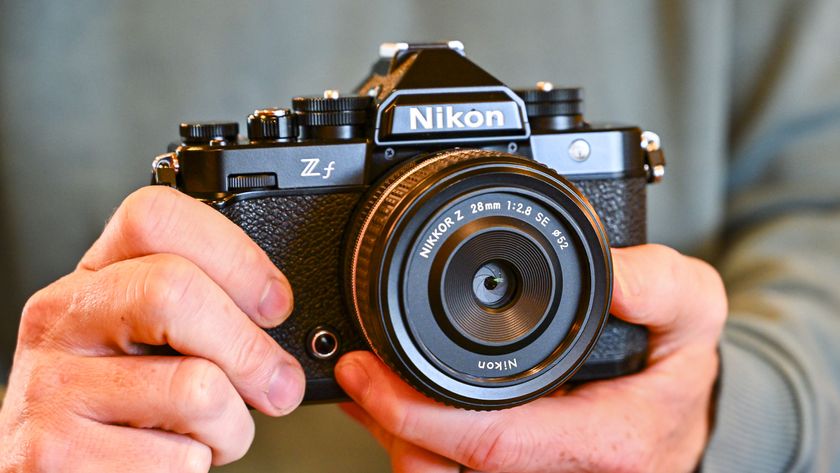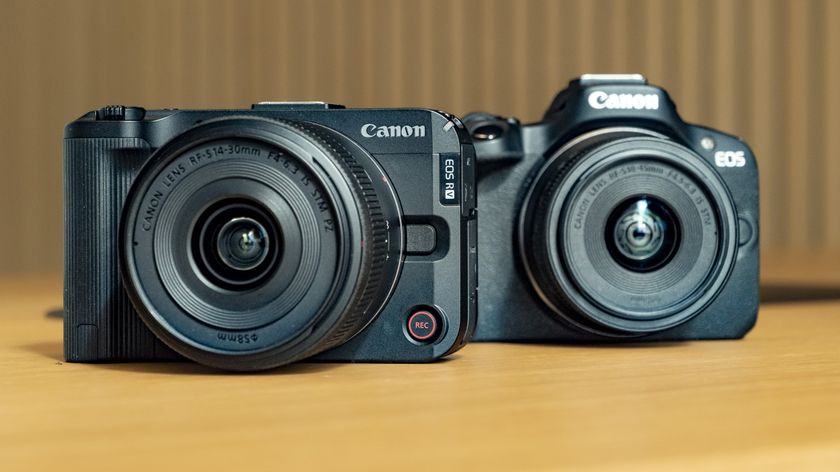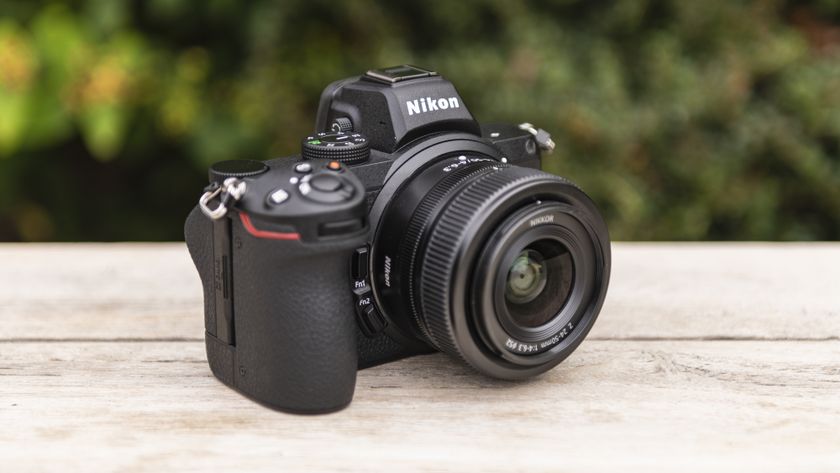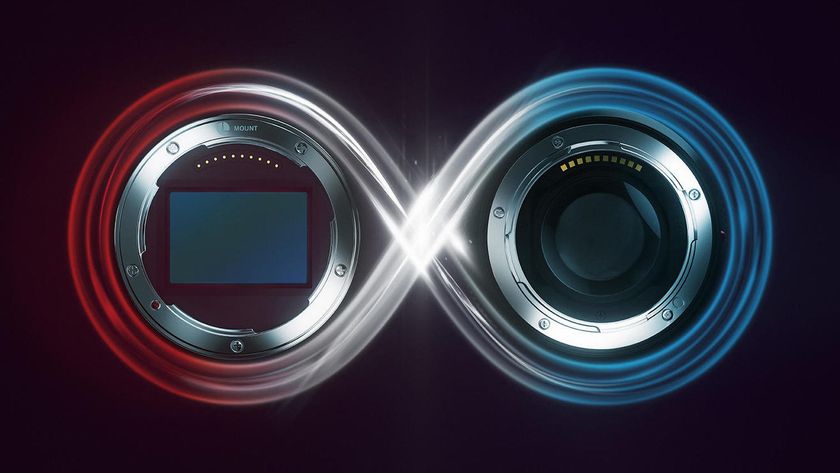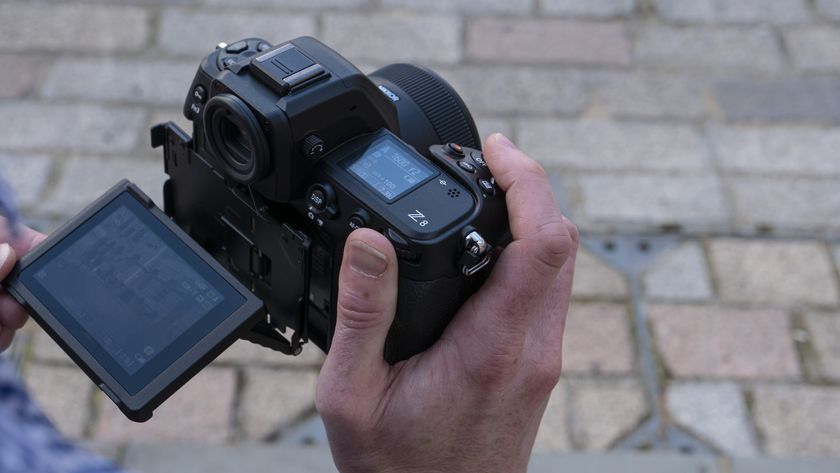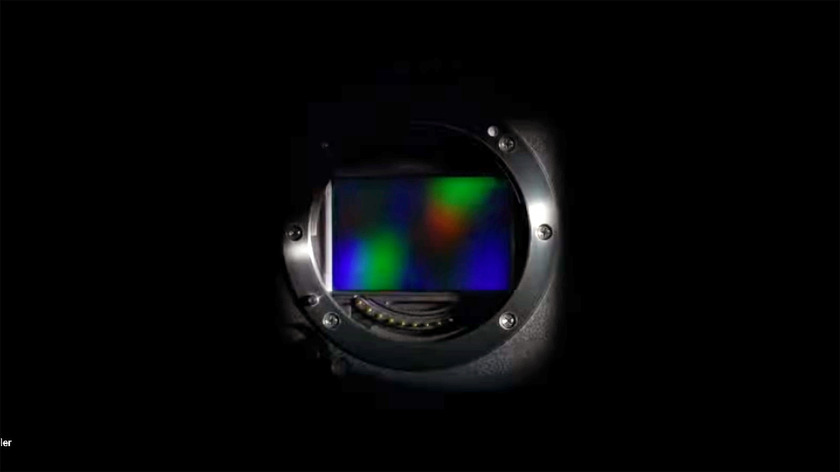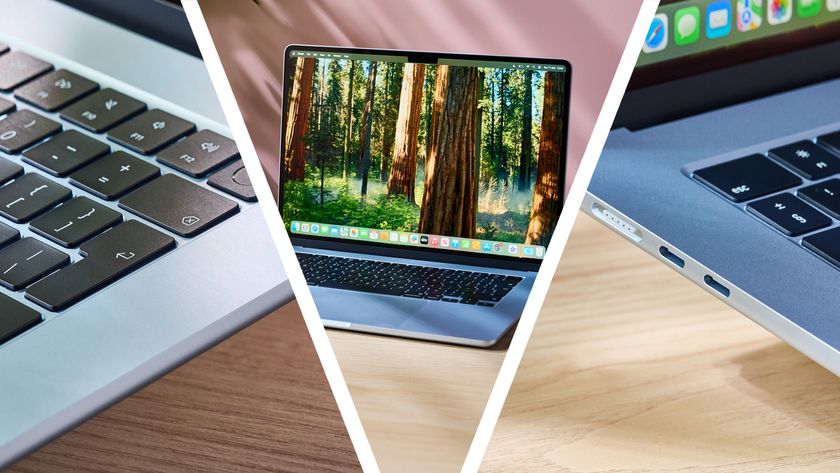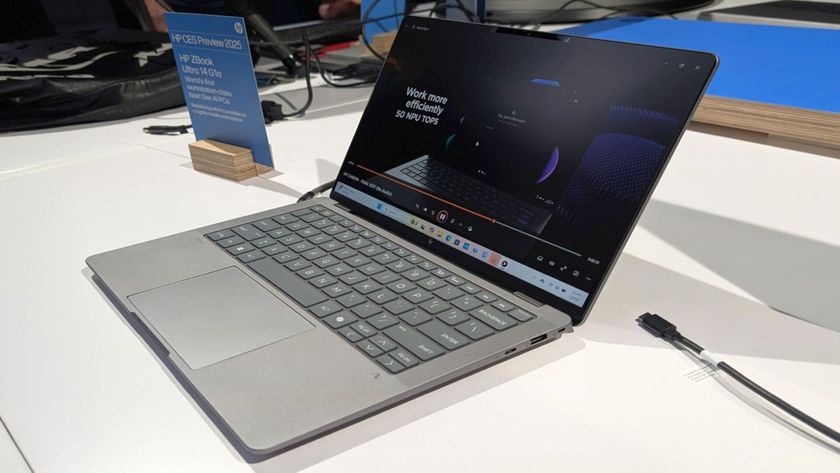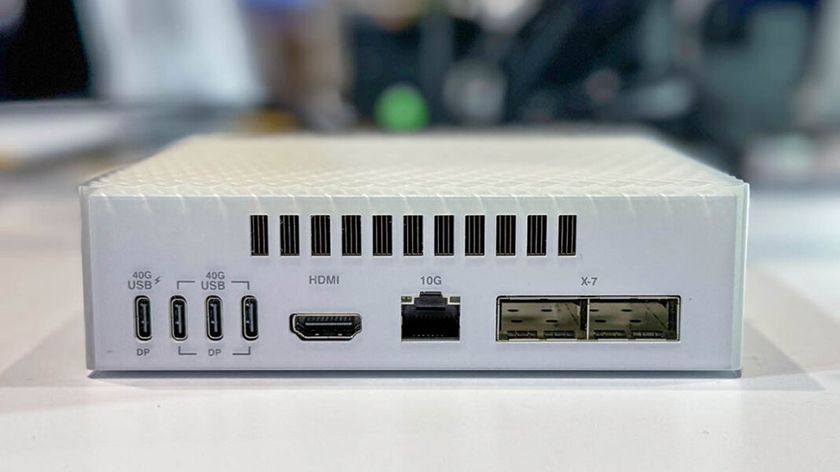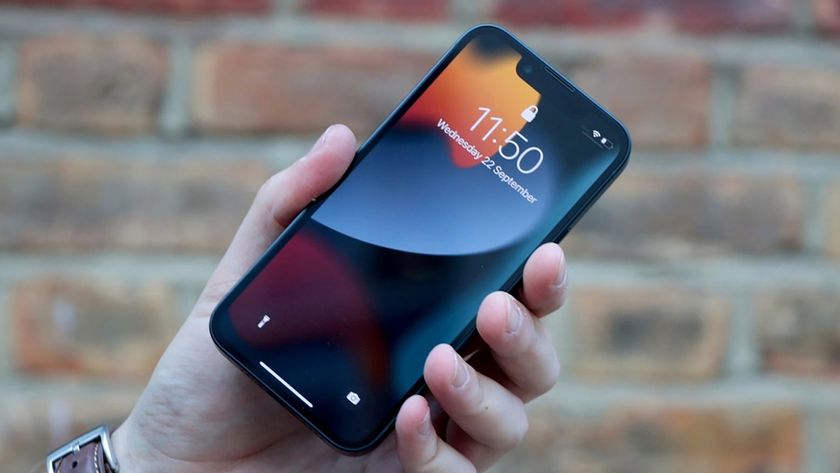
The new EOS M100 is Canon's latest entry-level mirrorless camera, replacing the almost two-year-old M10.
As you'd expected for a camera aimed at new users making the step up from a compact camera or smartphone, the EOS M100 comes with an array of creative filters and wireless connectivity to enable users to shoot, stylise and upload their images to social media in seconds.
Its touchscreen is designed to make smartphone snappers feel right at home, and mastering the camera’s settings is made simple with on-screen explanations, similar to what we've seen with Canon's EOS Rebel T7i (800D) and Rebel SL2 (200D), while there’s also a flip-up screen and the obligatory selfie mode.
The design of the EOS M100 has been tweaked and refined compared to the EOS M10, while the sensor's also been overhauled. Out goes the ageing 18MP chip in the M10, to be replaced by a much more up-to-date 24.2MP APS-C CMOS sensor in the M100, providing a sensitivity range of ISO100-25,600.
It also gets Canon's latest DIGIC 7 image processor, which helps the M100 shoot at a pretty decent 6.1fps, while the Dual Pixel CMOS AF system should mean that AF performance is a match for rivals.
Battery life looks a bit of a disappointment, however, at only 295 shots, while you'll have to make do with 1080p video capture – as we've seen with other recent Canon cameras, 4K isn't available here.
The EOS M100 will be on sale from October, starting at £449.99 body only, while in Australia, we've been told that "the price will be set at dealer discretion", although none of the major retailers are currently offering pre-orders. US pricing is still to be confirmed.
Get daily insight, inspiration and deals in your inbox
Sign up for breaking news, reviews, opinion, top tech deals, and more.
There are black, white and silver color options, and the camera will be also available with a choice of kit lenses.
Phil Hall is an experienced writer and editor having worked on some of the largest photography magazines in the UK, and now edit the photography channel of TechRadar, the UK's biggest tech website and one of the largest in the world. He has also worked on numerous commercial projects, including working with manufacturers like Nikon and Fujifilm on bespoke printed and online camera guides, as well as writing technique blogs and copy for the John Lewis Technology guide.
